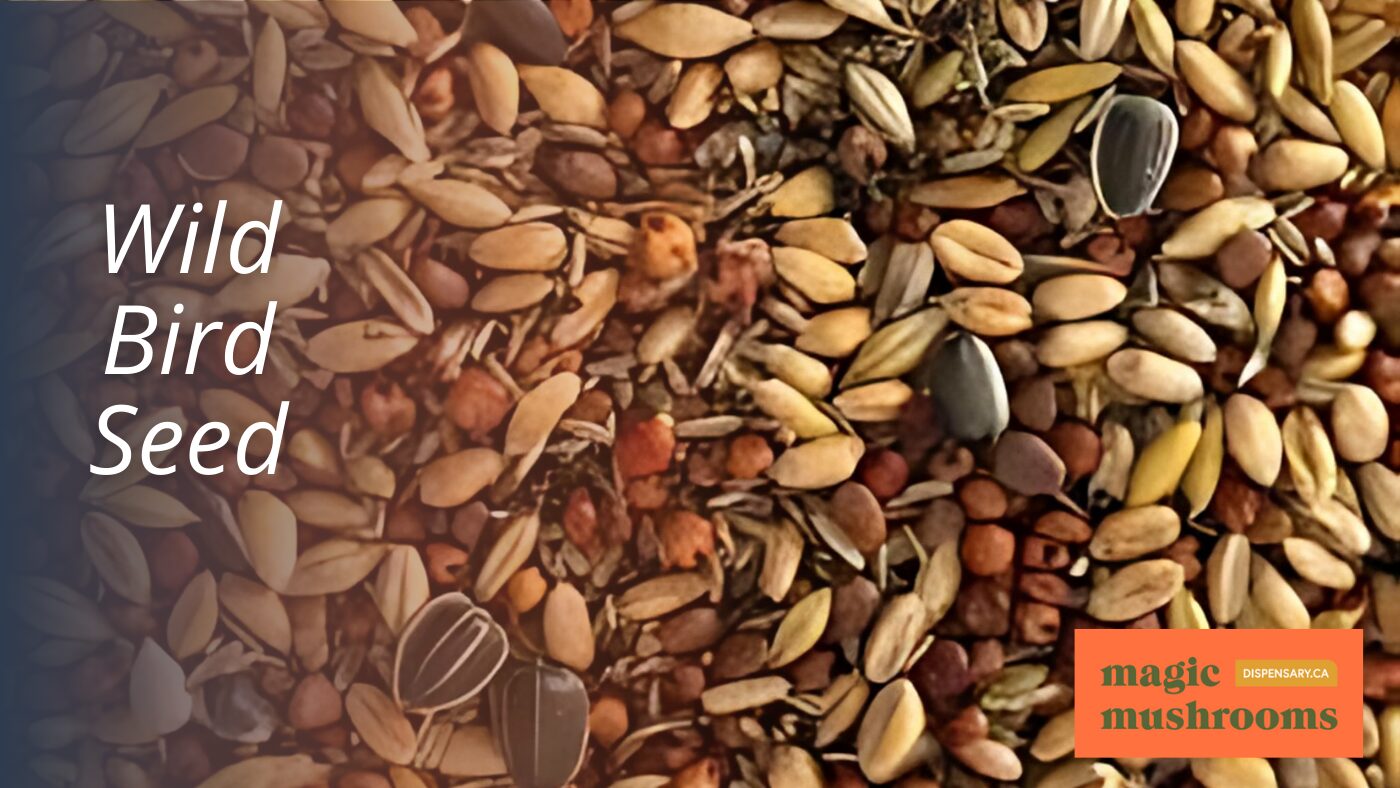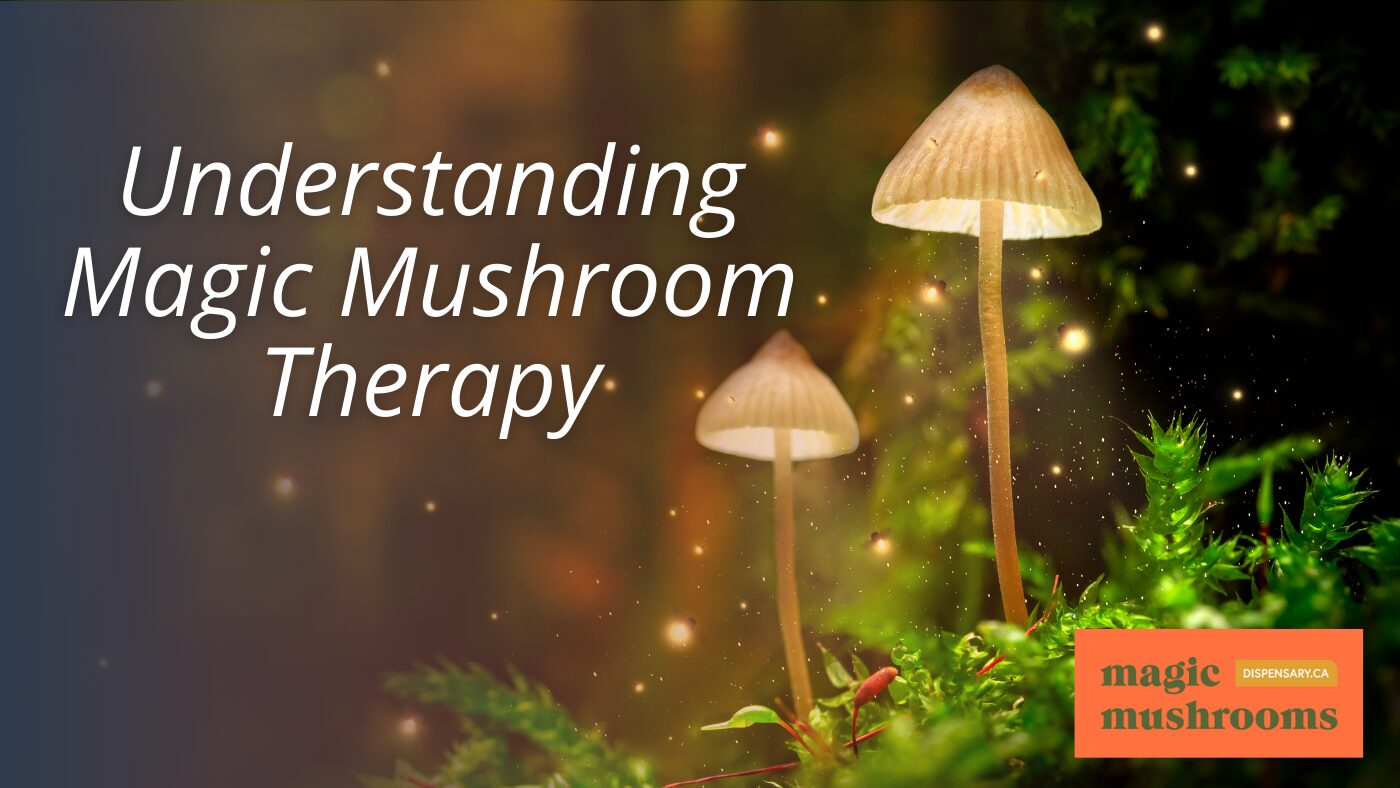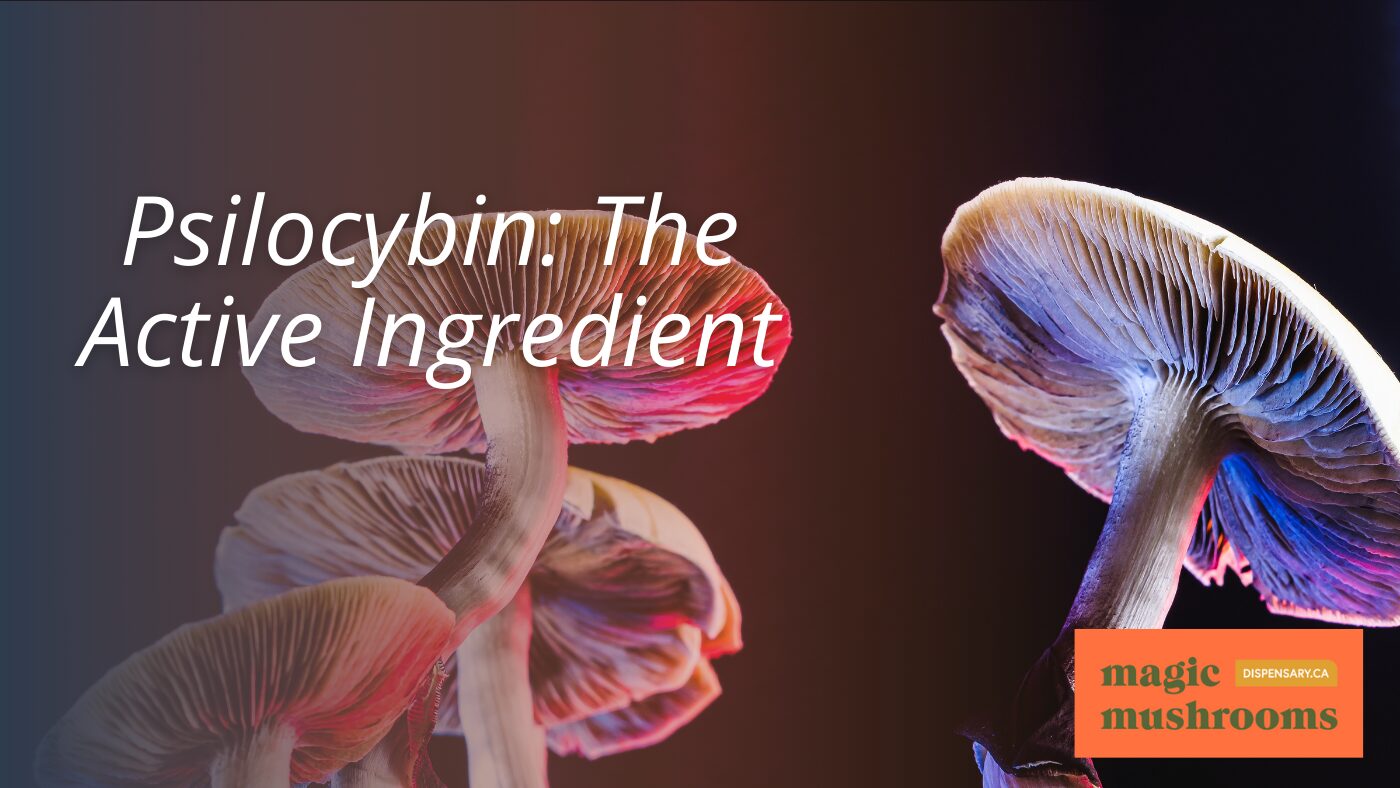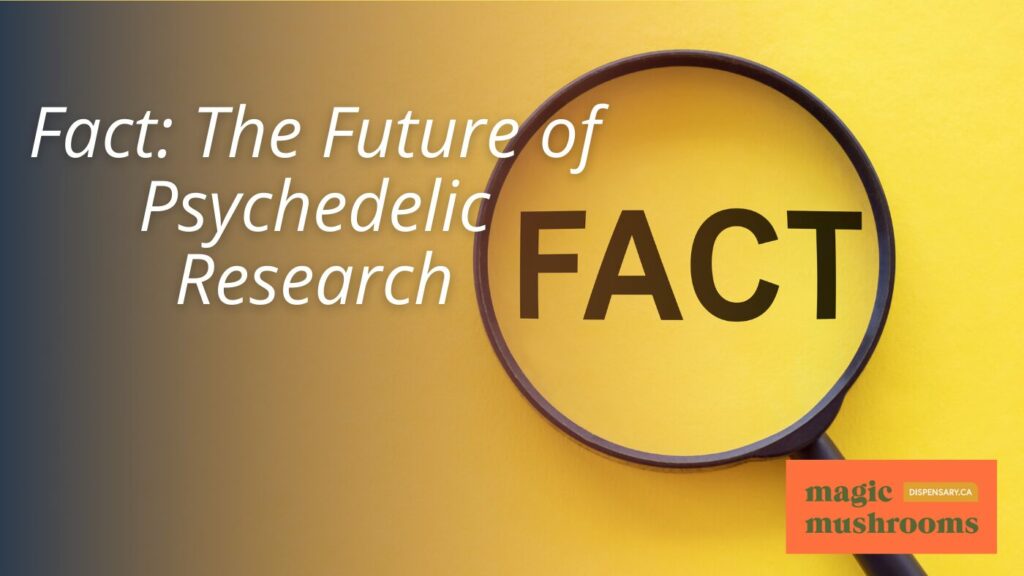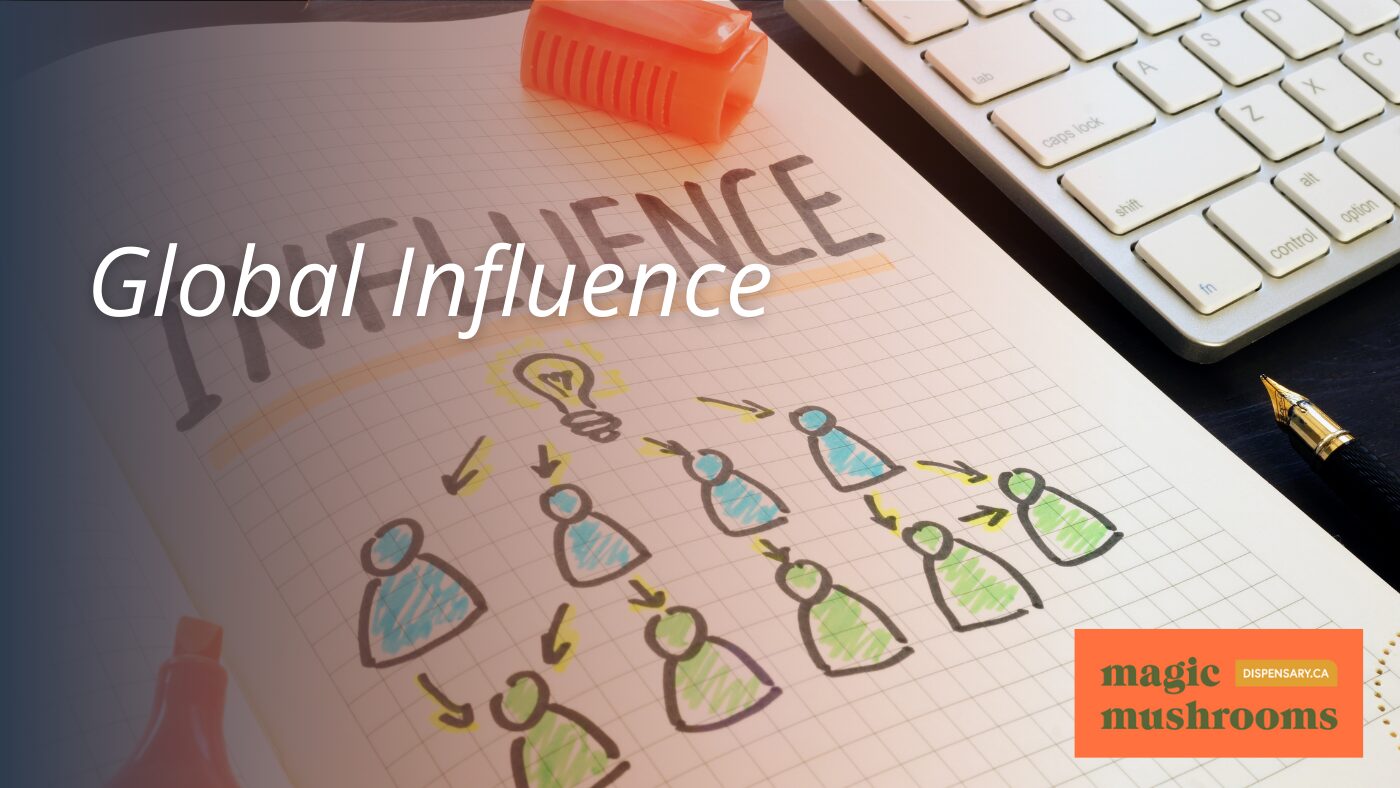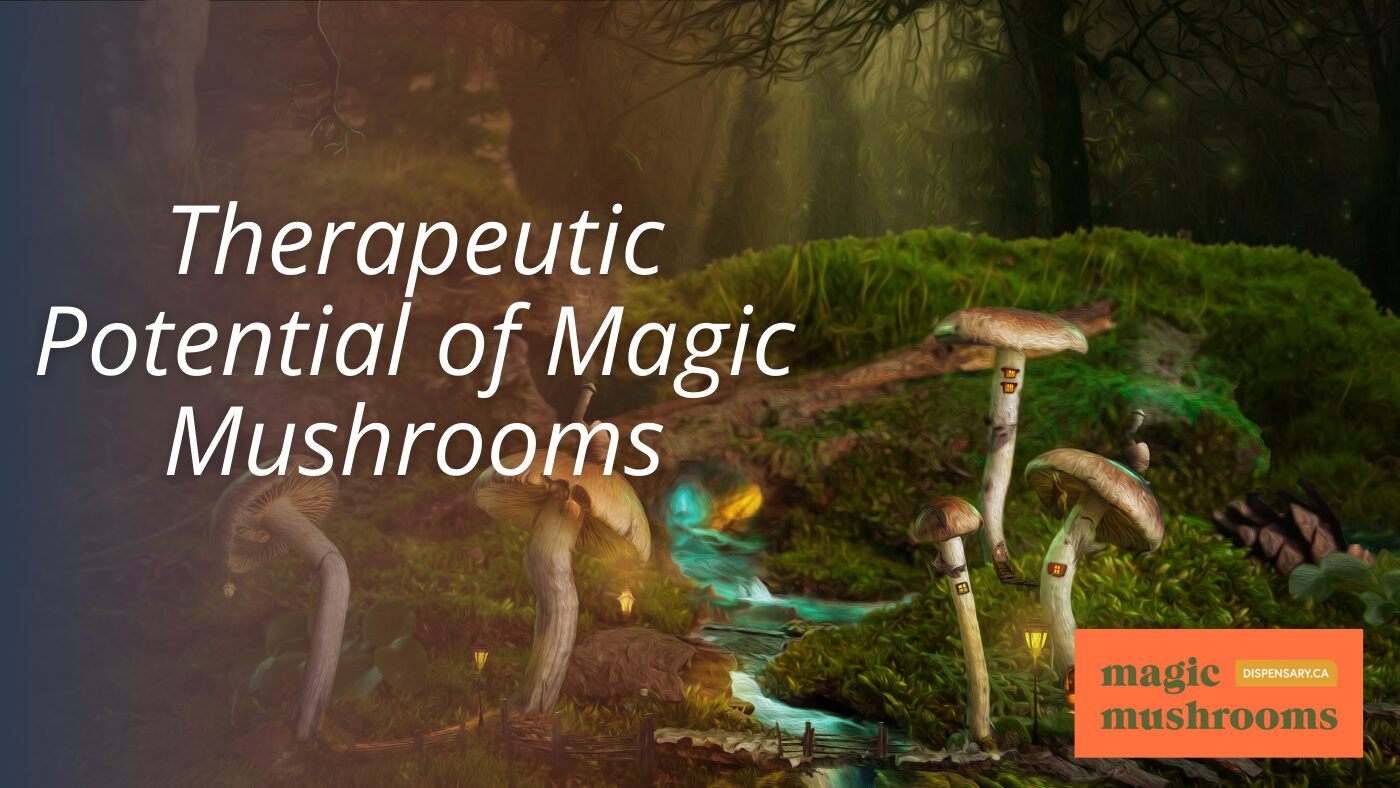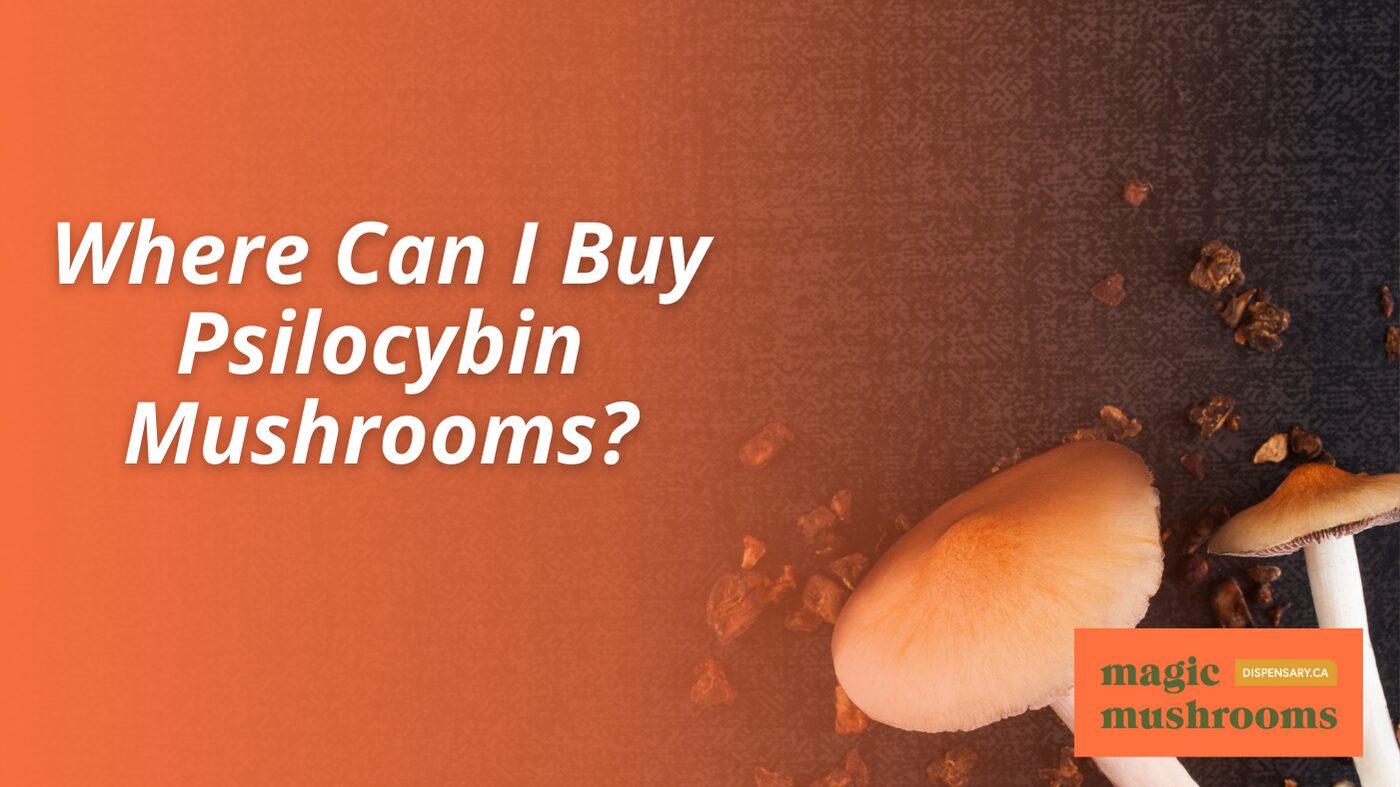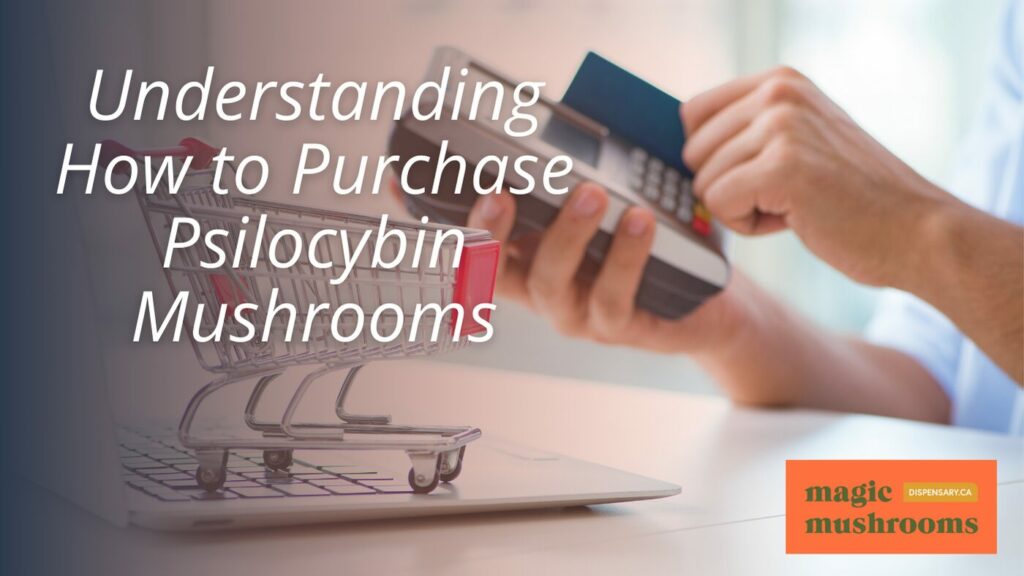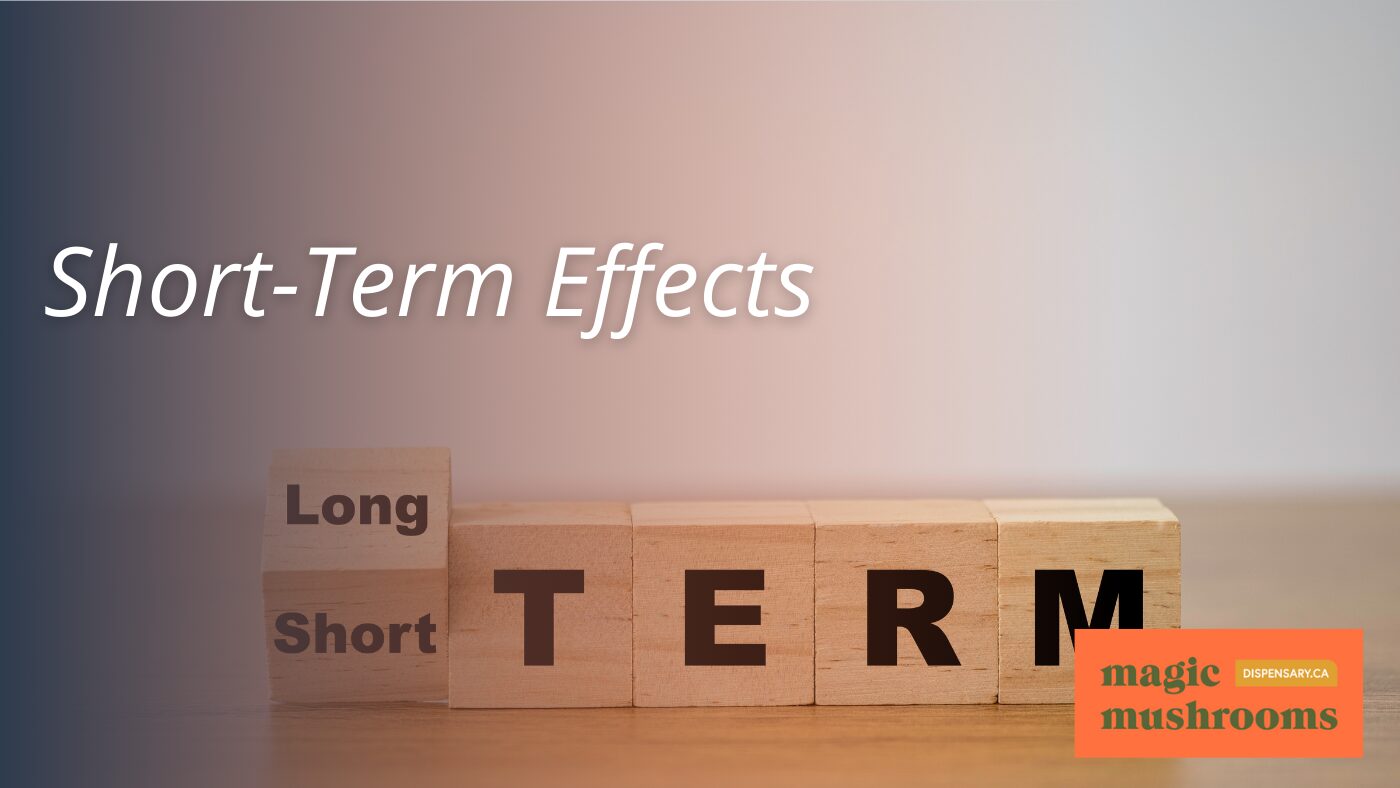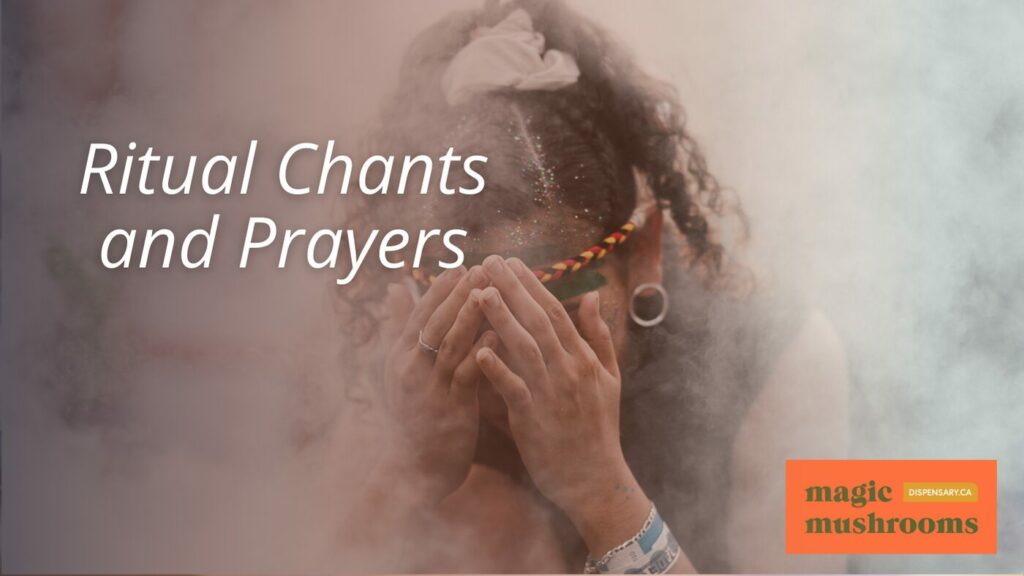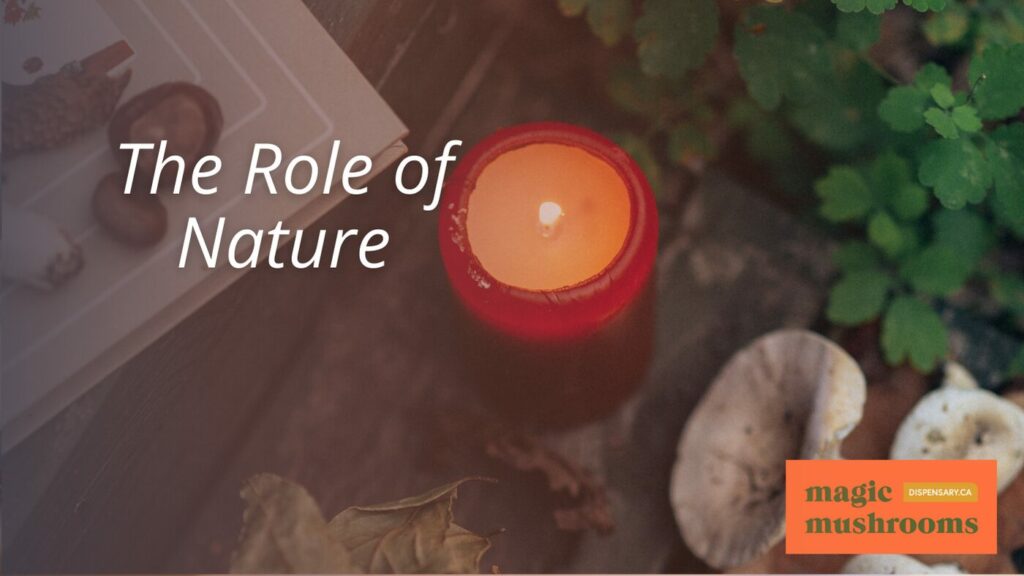Exploring the Rise in Popularity: Magic Mushrooms Statistics Unveiled
The surge in the popularity of psilocybin, often referred to as magic mushrooms, a type of psychedelic mushroom, has been quite noticeable in recent times. There has been a 369% increase in police confiscations of this substance from 2017 to 2022, demonstrating a significant change in how frequently it’s being consumed. This growth is happening alongside an almost twofold increase in its use among young adults. The rise can be attributed to various factors, such as portrayals in the media, the impact of social media, and growing conversations about its potential mental health benefits as a therapeutic agent. Delving deeper will unveil detailed observations on who is consuming it, where its use is most prevalent, and the cultural forces that are propelling this movement.
Key Takeaways
- Magic mushroom usage has nearly doubled among young adults, reaching its highest levels since the 1980s.
- Police seizures of psilocybin mushrooms increased by 369% from 2017 to 2022, with seized quantities quadrupling.
- Psilocybin’s potential therapeutic benefits for mental health conditions like depression and PTSD are driving its popularity.
- The global legal landscape of psilocybin varies, with some countries like the Netherlands allowing ‘magic truffles’ and others focusing on harm reduction.
- A gender divide exists in magic mushroom usage, with men experimenting more frequently than women.
Magic Mushrooms Statistics
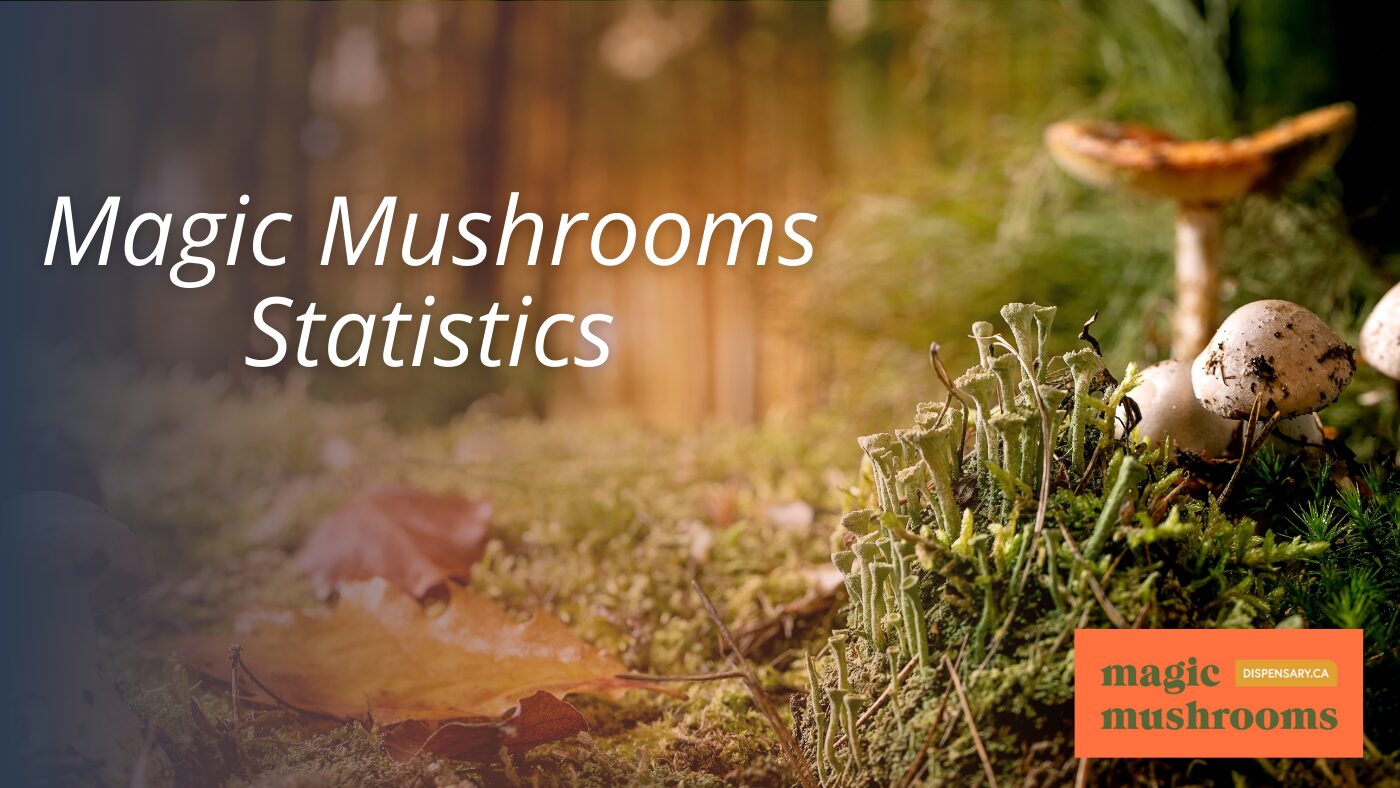
Examining the recent statistics, police seizures of psilocybin mushrooms, a compound known for its mind-altering effects, have seen a staggering increase of 369%, rising from 402 confiscations in 2017 to 1,393 in 2022. This sharp rise is not only evident in the number of confiscations, but also in the quantity of seized psilocybin, which nearly quadrupled, escalating from 226 kg to a whopping 844 kg over the same period.
The surge in seizures reflects a broader societal shift. A study published in the esteemed journal Drug and Alcohol Dependence on February 6, 2024, underscores this trend, revealing a growing curiosity and demand for psychedelics despite their illegal status. This shift is also mirrored in media coverage, with reports from reputable outlets such as NPR spotlighting the amplified interest in, and usage of, magic mushrooms.
The statistics speak to a population yearning for liberation from conventional mindsets and treatments. Despite the risk of legal repercussions, individuals are increasingly seeking the mind-expanding properties of psilocybin mushrooms. These numbers may also indicate an increased willingness to explore alternative therapeutic methods outside of traditional pharmaceuticals, perhaps driven by the desire to address mental health issues in novel ways.
However, this increase in interest and use also illuminates the tension between personal freedom and societal norms. As the desire for liberation and exploration continue to mount, the legal and societal responses will unquestionably be an area to watch closely in the coming years.
Understanding Psilocybin Mushrooms
As we consider the rising interest in magic mushrooms, it’s important to understand psilocybin, the key active compound in these fungi that’s responsible for their hallucinogenic effects. Psilocybin is metabolized in the human body into psilocin, which then interacts with serotonin receptors in the brain, leading to altered states of consciousness. These shifts in perception, often described as hallucinations or profound spiritual experiences, are the primary reason behind the mushroom’s growing appeal.
Scientific research has shown that psilocybin can potentially aid in the treatment of several mental health conditions, including depression, addiction, and post-traumatic stress disorder (PTSD). It is believed that the chemical’s interaction with the brain’s serotonin receptors can help reset neural circuits that have become stuck in detrimental patterns. This could provide respite to individuals grappling with these conditions, offering a glimmer of hope in the face of traditional treatments that have failed.
Furthermore, administration of psilocybin leads to a global increase in the brain’s metabolic rate, impacting specific regions of the brain. Electroencephalography (EEG) and magnetoencephalography (MEG) studies have further revealed how psilocybin influences brain oscillations and neuronal activity, contributing to its psychedelic effects.
Recent Trends in Usage
Recent years have seen a dramatic uptick in the use of magic mushrooms and other hallucinogens, particularly among young adults. This trend represents an intriguing shift in societal attitudes towards these substances as curiosity and exploration defy conventional norms and prohibitions.
Statistical data underscores this surge in popularity. Over the past three years, the consumption of magic mushrooms and similar substances among young adults has nearly doubled. In hard numbers, this means that 6.6% of adults aged 19 to 30 used hallucinogens other than LSD in 2021, a significant increase compared to the 3.4% recorded in 2018.
LSD usage has not been left out of this upward trend. Young adult consumption rose from 3.7% to 4.2% during the same timeframe. Collectively, about 8% of young adults were experimenting with hallucinogens in 2021. This percentage represents the highest level of usage since the 1980s, a time known for its countercultural exploration of mind-altering substances.
Gender dynamics also play a role in these trends. Among young adults, men were found to experiment with these substances at a higher rate than women. This disparity suggests that gender may influence the willingness to explore these mind-expanding substances.
Geographic Consumption Patterns

In light of the rising popularity of magic mushrooms among young adults, there has been a notable shift in geographic consumption patterns, leading to a dramatic increase in police seizures of psilocybin. This shift is backed by numbers. In the last half-decade, police seizures of psilocybin mushrooms have risen by a staggering 369%, with over 1,393 confiscations reported in 2022 alone. This increase, coupled with the near doubling of hallucinogen consumption among young adults, is a clear indication of the growing interest in these substances.
The volume of seized psilocybin also saw a significant jump during this period, rising from 226 kg in 2017 to an alarming 844 kg in 2022. This is indicative of a broader trend of increased magic mushroom usage across different regions.
As we explore the geographic consumption patterns, the data points towards a broadening demographic of magic mushroom users. It’s worth noting that psilocybin, the mind-altering compound found in magic mushrooms, is now being consumed by an increasingly diverse audience. This trend is not confined to any one particular region; it is a global phenomenon, transcending traditional geographic boundaries.
In effect, the geographic consumption patterns of magic mushrooms and other hallucinogens have transformed. They are no longer associated with fringe or countercultural movements. Instead, they are becoming mainstream, embraced by a growing number of individuals seeking alternative experiences. As we move forward, it is important to take these evolving patterns into account to understand the broader societal implications of this trend.
Reasons for Increased Popularity
Understanding the reasons behind the surge in popularity of magic mushrooms requires a close examination of consumer demographics and societal trends. The statistics point towards an undeniable shift, especially among young adults, who are increasingly exploring the world of hallucinogens. From 2018 to 2021, the consumption rate of magic mushrooms among this demographic nearly doubled, indicating a significant change in their substance use habits.
This surge is not limited to magic mushrooms alone. The usage of other hallucinogens, excluding LSD, rose from 3.4% to 6.6% among adults aged 19 to 30. Even LSD, a substance with a long-standing cultural footprint, saw an increase in usage from 3.7% to 4.2% within the same period. As of 2021, about 8% of young adults reported using some form of hallucinogen, the highest share since the 1980s.
Interestingly, young men are more likely to experiment with these substances than women, showing gender differences in their approach to hallucinogens. This trend may reflect a broader societal shift towards openness and curiosity about alternative experiences, including those offered by substances that provide a departure from ordinary consciousness.
However, the increase in magic mushroom usage doesn’t come without potential setbacks. While users seek liberation and novel experiences, they also face legal challenges, as seen in the increased number of drug busts related to psilocybin mushrooms. This rise in popularity is a double-edged sword, representing both a pursuit of freedom and a defiance of societal norms.
The Role of Medical Research
How does medical research factor into the rising popularity of magic mushrooms? A significant part of the answer lies in the recent scientific advances demonstrating the potential therapeutic benefits of psilocybin, the main active ingredient in magic mushrooms. Numerous studies, conducted at esteemed institutions such as Berkeley, Yale, and Johns Hopkins universities, have explored the positive effects of psilocybin on mental health and brain function.
Research has indicated that psychedelic therapy with psilocybin may be a powerful tool in treating psychological conditions that have proven resistant to traditional methods. Conditions such as depression, addiction, and post-traumatic stress disorder have all shown promising responses to psilocybin treatment. These findings have sparked a renewed interest in the use of psychedelics as a form of therapy, thereby contributing to the increasing popularity of magic mushrooms.
This rise in popularity is not without its challenges. Current laws categorize psilocybin as an illegal substance, leading to a surge in drug-related arrests. However, advocates for the therapeutic use of psychedelics are hopeful for a future change in these laws. They argue that the potential benefits of psilocybin, as demonstrated by the ongoing research, warrant its decriminalization.
Recreational Use: An Overview

Amid the backdrop of increasing interest in psilocybin’s therapeutic potential, recreational use of magic mushrooms has also seen a substantial surge, as evidenced by a 369% increase in police seizures since 2017. This dramatic rise in seizures, from 402 confiscations to a staggering 1,393 in 2022, paints a vivid picture of the shifting societal attitudes towards these psychedelic substances.
What’s more compelling is the sheer quantity of the seized drugs, which almost quadrupled from 226 kg to 844 kg in the same period. These numbers not only illustrate the escalating interest in and use of magic mushrooms but also underscore the societal quest to explore alternative experiences and treatments, often venturing beyond conventional norms.
Psilocybin, the compound responsible for the mind-altering qualities of these mushrooms, has been at the heart of this surge. While its therapeutic potential is a subject of ongoing research, it’s clear that the allure of a transformative psychedelic experience has also captured the public’s imagination.
A study published in the journal Drug and Alcohol Dependence on February 6, 2024, and recent media coverage, including NPR News, have brought these trends into sharper focus. They have shone a light on the growing fascination with magic mushrooms, despite their legal status. This uptick in recreational use signifies a desire for liberation, a thirst to explore uncharted psychological territories. Indeed, the rise of magic mushrooms reflects a complex societal shift towards embracing the unfamiliar and the unconventional.
Legal Status Around the World
Despite the rising popularity and increased seizures of magic mushrooms, their legal status remains highly variable around the globe. The active compound in these mushrooms, psilocybin, is classified as an illegal substance in many countries, including the United States and the United Kingdom. This classification, however, does not deter the unwavering interest of those seeking alternative experiences or potential medical benefits from these substances.
In contrast, some nations have adopted more lenient approaches. The Netherlands, known for its liberal drug policies, allows the sale of ‘magic truffles’, a subterranean relative of magic mushrooms, in specialized shops. Portugal, another European country, has decriminalized the use of all drugs, including psilocybin mushrooms, focusing more on harm reduction and treatment rather than punishment.
Further west, in Canada, exemptions for the medical or scientific use of psychedelics like psilocybin have been granted under certain conditions, reflecting a growing recognition of their potential therapeutic benefits. Similarly, Brazil has decriminalized the possession of small amounts of magic mushrooms for personal use, moving towards a more progressive drug policy.
The global legal landscape for magic mushrooms is as diverse as the species of the fungi themselves. Some nations are taking strides towards decriminalization or regulation for medical purposes, while others remain firm in their prohibition. This dichotomy mirrors the societal tug-of-war between control and liberation, tradition and progress, fear and curiosity. The legal status of magic mushrooms, thus, serves as a symbol of broader discussions on personal freedom, societal norms, and the exploration of human consciousness.
The Impact on Mental Health
The discovery of psilocybin, the active compound in magic mushrooms, to alter brain chemistry and alleviate mental health disorders, is stirring interest in the scientific community and beyond. The rise in popularity of magic mushrooms is not without reason, as research continues to suggest the robust potential of psilocybin as an alternative, perhaps revolutionary, treatment for mental health conditions.
Recent studies have indicated that psilocybin could be instrumental in rewiring the brain, thereby easing symptoms of depression and anxiety. This is a significant revelation in the field of psychiatry, where traditional treatments often come with severe side effects and are not universally effective. The psychedelic experience induced by psilocybin has been associated with long-lasting reversals of mental health conditions, offering hope for individuals grappling with disorders that have proven resistant to conventional approaches.
Despite the potential legal consequences, the surge in seizures of psilocybin reflects a societal shift towards embracing these alternative treatments. The desire for liberation from the constraints of traditional mental health treatments seems to be driving this trend. An increasing number of individuals are willing to explore the therapeutic use of psychedelics, in pursuit of better mental health.
Scientific exploration into the benefits of psilocybin and other psychedelic substances is ongoing. As we continue to uncover the potential of these substances, we may be on the brink of a new era in psychiatric treatment. The rise in popularity of magic mushrooms, hence, is not merely a fad, but possibly a reflection of a profound shift in the way we approach mental health.
Public Perception Shifts
How has public perception of magic mushrooms evolved over the years? A notable shift can be discerned from recent data and societal trends. The almost doubling of hallucinogen use among young adults in the last three years signals a changing public perception. This change underscores a broader societal disconnect over the perceived risks and rewards associated with recreational drugs, specifically magic mushrooms.
Today’s young adults are turning to magic mushrooms at an unprecedented rate, reaching levels not seen since the 1980s. Approximately 8% of young adults experimented with hallucinogens, including magic mushrooms, in 2021. This trend reveals a seismic shift in attitudes, with magic mushrooms no longer viewed simply as a psychedelic trip but as a potential therapeutic tool.
Notably, gender plays a role in this evolving narrative. Young men are more likely to experiment with magic mushrooms, indicating a gender disparity in consumption patterns. This disparity suggests that societal perceptions about drug use and associated risks may vary significantly across genders.
The Influence of Pop Culture

Shifting our gaze from societal trends to popular media, we observe that pop culture plays a significant role in the increased popularity and acceptance of magic mushrooms. This rise in attention is not secluded to hushed discussions; it is being broadcasted on the global stage through music, films, and particularly, social media.
Renowned celebrities have been candid about their positive experiences with magic mushrooms, normalizing their use and debunking associated stigmas. This openness has sparked a transformation in the perception of magic mushrooms, not as a surreptitious indulgence, but as an alternative, liberating experience. Such frank dialogues have encouraged others to explore the potential benefits of this psychedelic substance, fostering curiosity and promoting experimentation.
TV shows and movies have also contributed to this shift, integrating references to magic mushrooms into mainstream storylines. These portrayals, often lighthearted and humorous, have served to further destigmatize the use of psilocybin mushrooms, subtly encouraging acceptance of their use within popular culture.
The role of social media in this trend cannot be overstated. Platforms like Instagram, Twitter, and Facebook have become arenas for individuals to share their experiences with magic mushrooms. These candid accounts, free from the constraints of traditional media, have led to a surge in interest and experimentation, giving rise to a community of enthusiasts.
Economic Implications of the Rise
With an astonishing surge of 369% in psilocybin mushroom seizures from 2017 to 2022, notable economic implications have arisen due to this increased popularity and consumption of magic mushrooms. The astonishing rise in confiscations, from 226 kg in 2017 to an overwhelming 844 kg in 2022, has placed a significant financial burden on law enforcement agencies and judicial systems.
This unanticipated uptrend has compelled the allocation of more resources towards the policing, prosecution, and penalization of those involved in the mushroom trade. The surge in seizures and subsequent court proceedings have inevitably eaten into public funds, highlighting the economic impact of this societal shift.
In parallel, there’s a growing body of research emphasizing the potential therapeutic benefits of psilocybin. With the scientific community increasingly advocating for the medical use of psilocybin, there is a clear dichotomy between societal demand and legal restrictions. This discrepancy fuels a thriving black market, diverting potential tax revenues into the hands of unregulated entities.
The study published in Drug and Alcohol Dependence on February 6, 2024, reveals the economic implications of the rise in magic mushrooms, reflecting a significant societal cost. It calls for an urgent re-evaluation of current policies and emphasizes the importance of harm reduction strategies.
The Future of Psilocybin Mushrooms
In the wake of emerging research and shifting societal attitudes, the future of psilocybin mushrooms presents a compelling paradigm of therapeutic potential and legal challenges. Psilocybin, the main active ingredient in these mushrooms, is metabolized into psilocin post-administration, leading to an increase in cerebral metabolic rate of glucose utilization. It is this shift in brain activity that has shown potential promise in treating mental health conditions, offering hope for a future where traditional therapies may be supplemented or even replaced by psilocybin-induced treatment regimens.
The metabolic process of psilocybin varies based on the method of administration, with oral intake leading to liver conversion and intravenous administration requiring kidney involvement. This flexibility in administration methods may further broaden the potential applications of psilocybin, supporting its integration into various therapeutic settings.
Recent studies have demonstrated that psilocybin is well tolerated in humans at specified safe doses, a reassuring fact for those advocating for its therapeutic use. However, the increase in psilocybin-related drug busts from 2017 to 2022 underscores the legal hurdles that must be overcome before this substance can be widely used in a therapeutic context.
The rise in popularity of magic mushrooms, along with the growing body of research supporting their potential benefits, indicates an evolving landscape of mental health treatment. As our understanding of psilocybin’s biochemistry and its effects on the brain continues to mature, we can anticipate continued discourse around the legal, ethical, and practical implications of its use. The future of psilocybin mushrooms, while still uncertain, holds significant promise for those desiring liberation from traditional treatment modalities.
Potential Risks and Controversy

While the therapeutic potential of psilocybin mushrooms is promising, it is important to acknowledge the potential risks and the ongoing controversy surrounding their use, particularly in relation to the increasing experimentation among young adults. Although psilocybin’s therapeutic benefits are being explored in treating conditions like depression, addiction, and post-traumatic stress, the rise in popularity comes with a dark side.
Public health officials are increasingly concerned about the dangers of ‘bad trips’, which can lead to suicidal thoughts or actions. This concern is heightened by the surge in hallucinogen use among young adults, with around 8% experimenting with some form of hallucinogen in 2021, the highest rate since the 1980s.
The gender divide is also apparent, with young men more likely to experiment with these substances than women. This disparity contributes to the ongoing societal debate over the risks and rewards of recreational psychedelics.
Despite these risks, the call for the decriminalization of psilocybin mushrooms, both for therapeutic and recreational use, is growing louder. As societal attitudes towards these substances shift, advocates are hopeful that federal laws will soon follow suit.
However, the journey to liberation is fraught with controversy. The rise in popularity, as evidenced by increased drug busts and media coverage, reflects a societal shift towards exploring alternative treatments and experiences with hallucinogens. But it also highlights the potential pitfalls, underscoring the need for ongoing research, regulation, and awareness about the potential risks associated with the use of magic mushrooms.
Breaking Down Age Demographics
Recent data reveals a striking increase in the consumption of magic mushrooms, particularly among young adults aged 19 to 30, a trend that has seen the usage of these hallucinogens nearly double over the past three years. This surge, which aligns with a broader societal shift towards the exploration of alternative therapies and experiences, is of significant note, with approximately 8% of young adults engaging with some form of hallucinogen in 2021 – the highest percentage since the 1980s.
One of the factors driving this growth could be the increasing acceptance of psychedelic substances for their potential therapeutic benefits. Media coverage, including reports from respected outlets such as NPR, is aiding in the demystification of these substances, even as law enforcement actions related to psilocybin mushrooms have risen.
Discrepancies based on gender are also apparent in the data, with young men more inclined to experiment with these substances compared to women. This could be attributed to societal norms, risk-taking behavior, or access to such substances.
However, this trend is not without its concerns. While the potential medicinal applications of magic mushrooms may be promising, their recreational use, especially in uncontrolled environments, can present significant public health risks. The increase in consumption amongst young adults, thus, calls for an informed dialogue about the safe and responsible use of these substances, as well as the need for further research into their effects and potential benefits.
The rise in magic mushroom consumption among young adults underscores a shifting societal paradigm, one that is more open to exploring alternative experiences and treatments. As the conversation around these substances evolves, it is vital to promote that it is grounded in accurate information and a respectful consideration of public health.
Conclusion
In conclusion, the rising popularity of magic mushrooms, a notable mushroom psychedelic species, underscored by escalating drug busts and burgeoning research, presents an intriguing paradox. This dichotomy manifests itself in the societal shift towards acceptance and the intensified law enforcement actions. As a metaphorical ‘double-edged sword’, these psychedelic mushroom species stand at the crossroads of societal acceptance and legal condemnation, delicately balanced between potential therapeutic benefits and risks. The future path of these captivating fungi remains a complex, yet compelling, puzzle.
Buying Microdosing Mushrooms Online in Canada

Are you an avid microdoser or looking to venture into the art of microdosing? Working with a reliable, trustworthy shrooms dispensary is paramount in becoming a better version of yourself. Magic Mushroom Dispensary prides itself on its comprehensive collection of top-notch microdosing products, psilocybin books, excellent customer service, and fast, discreet shipping. Visit our online shop today and enjoy low prices and free shipping for orders above $99.
Originally posted on June 30, 2024 @ 10:14 am




